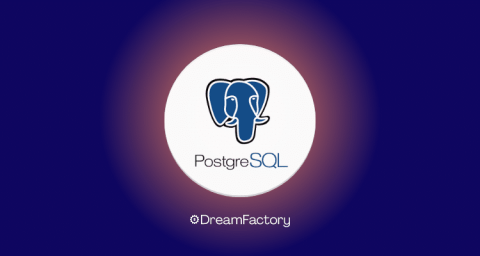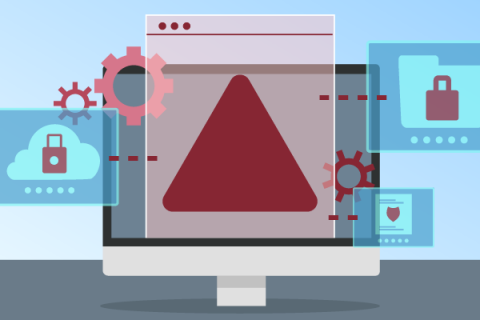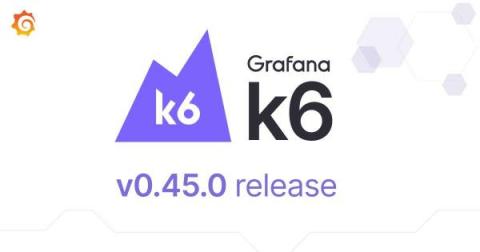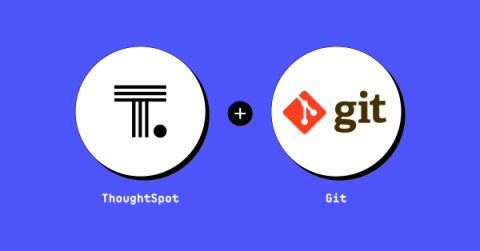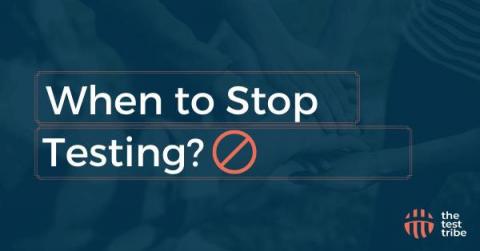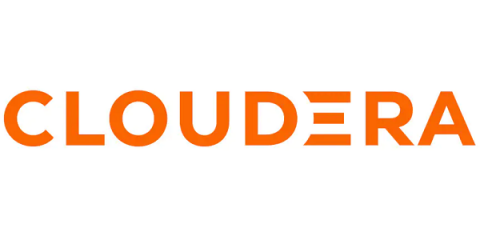Systems | Development | Analytics | API | Testing
Latest News
Progressive Web Apps (PWAs): Bridging the Gap Between Web and Mobile Development
Not even Tim Berners-Lee, the inventor of the world wide web, could have predicted the pace or breadth of its expansion over the last 30 years. Once, the web was only accessible via clunky desktop computers: today, it can also be reached from laptops, tablets, mobile phones and even smartwatches. What’s more, consumers want native apps that are unique to a particular platform and they expect updates to be provided seamlessly.
How Complying with MISRA Improves Safety in C++ Applications
Grafana k6 v0.45.0 release: gRPC streaming support, cloud script updates without running tests and more!
Grafana k6 v0.45.0 has been released, featuring a new experimental module for gRPC streaming support, a new browser recorder extension for Firefox and Chrome, and tons of improvements for Grafana k6 OSS and Grafana Cloud k6. Here’s a quick overview of the latest k6 release and all the news from the community.
Back to the Basics Tutorial: A Beginner's Guide to Browser Testing with Ghost Inspector
Welcome to our guide on how to perform browser testing with Ghost Inspector! If you’re reading this, you may be trying Ghost Inspector for the first time or considering it as a tool to help you streamline your company’s testing efforts. Our goal is to provide you with a simple way to catch bugs on your website or web app before they cost you. In this post, we’ll go over the basics and guide you through how to get started with Ghost Inspector for browser testing.
Version control APIs with Git integration
Available in beta, we have introduced new version control REST APIs for Git integration in the 9.3.0.cl release of ThoughtSpot Analytics Cloud. ThoughtSpot administrators can now link their instances to a GitHub repository and utilize continuous integration and deployment (CI/CD) best practices to effectively manage their organization's analytic content throughout its lifecycle.
3 data quality obstacles to beat with Talend and Snowflake
In today's fast-paced, data-driven world, deeper data insights and faster time to value are paramount if you want your business to stay competitive and thrive. Decision-makers need instant access to all their data sources to make sound business decisions — and they need to have trust in their data. However, data quality is often overlooked. According to Gartner, poor data quality costs organizations an average of $12.9 million annually. What’s going on?
When to Stop Testing - Exit Criteria for Software Testing
When to stop testing? This question gets asked more often than not. However, as simple and straightforward it sounds, the answer to this question spans multiple aspects and variables which should be considered when we really want to stop. We just wish the answer could be “When all defects are found!”. Like humans, the software is also mere mortal and never bug-free. This blog aims to discuss multiple factors which should be pondered before we make a decision to stop testing.
Snowflake Native App Framework Now Available to Developers in AWS
At Snowflake Summit 2022, we introduced a new way of building apps with the Snowflake Native App Framework. Today, we are excited to bring the power of the Snowflake Native App Framework to developers around the world with the public preview in AWS. Developers can now start building and testing Snowflake Native Apps in their accounts in AWS. Distribution and monetization capabilities will be available in public preview on AWS later this year.
Five Ways A Modern Data Architecture Can Reduce Costs in Telco
During the COVID-19 pandemic, telcos made unprecedented use of data and data-driven automation to optimize their network operations, improve customer support, and identify opportunities to expand into new markets. This is no less crucial today, as telcos balance the needs to cut costs and improve efficiencies while delivering innovative products and services.


